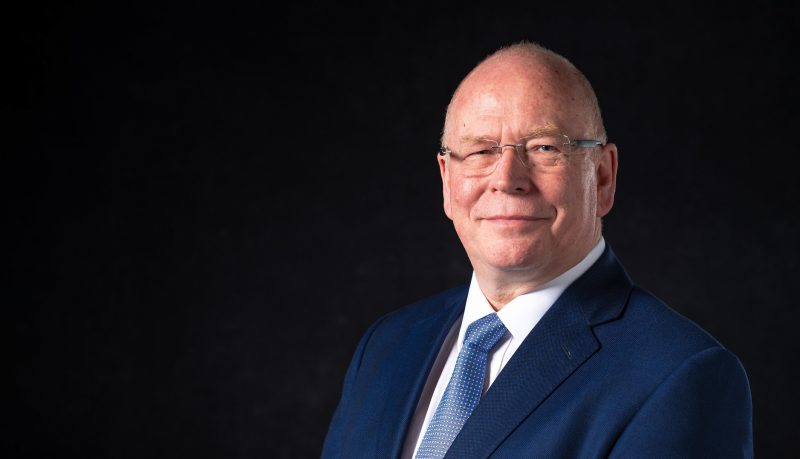Executing Strategy – Communications and Change
“The most important thing in communication is hearing what isn’t said.” – Peter Drucker
Implementing strategy is not easy, 72% of law firm delegates at a recent
conference confessed to finding it difficult. Implementing a change strategy is at the hard end of the scale, only 30% of firms achieve all their objectives. Many law firms are implementing or planning wide-reaching change programmes e.g. merger integration or restructuring. A common success factor will be communications. Without the right approach to communication, strategy implementation, particularly of a change programme, is likely to fail. Lessons can be learned from other environments about effective communications – here we examine four different insights.
Firstly, diplomats have always needed to excel at communications which have become more global and nuanced. Nowhere is this seen more vividly at present than with BREXIT, dealing with President Trump or geopolitical instabilities in Russia, North Korea, Africa and the South China Sea. An effective diplomat has always possessed acute listening skills and an ability to discern what is being said from the spoken word and from what is not voiced. A diplomat must be able to understand the messages conveyed, discern the narrative and then work out how to interject a response that may shift an attitude or position. All this is vital in a change scenario; the critical point is that it starts with listening.
Secondly, new disruptive factors in communications have given power to networks outside of normal social, business or political structures. Never in history have humans been so connected, had so much information, but still been so ill-informed. Ideas shared in internet chat rooms, ‘Twitter’, ‘WhatsApp’ and various social media and picked up and reinforced by traditional media have spread rapidly. Daesh (IS) has illustrated this profoundly in communicating its narrative. Whatever you think about this it has engaged many. Followers have responded on a continuum from “likes” to joining the ranks of suicide bombers and fighters. Our highly connected younger generation communicate within and outside of work using these means. Your desire to engage them is vital to future success – they are very connected; how connected are you to what they are saying?
Thirdly, history shows some underlying factors do not change. Aristotle thought about and understood the art of communication deeply and simply. He outlined three components:
• Ethos – the characteristic which makes you credible in front of an audience.
• Logos – arguably the lawyers forte in communication. People find logic in everything. If there is no logic behind the speaker’s words, they do not want to get involved.
• Pathos – the emotional connection such that what you say matters to the audience and they can connect with it and think the message more credible.
Bringing Aristotle into the 21st Century; President Trump has illustrated that communications in tweets can far achieve more than vast column inches of newspaper articles and editorials.
Finally, based on my own corporate experience of being subject to or leading major change programmes here are a few tips:
Over-invest in listening and explaining. Leaders in change situations find it hard to prioritise communication, but most say “If I did it again I would spend more time listening and explaining”. Within a change programme the four objectives of communication should be:
1. Build understanding – so that all understand what is going to happen and why
2. Empower – everyone should see their role in the change and be motivated to deliver
3. Seek feedback – do they understand? Are we making progress? What are the blocks?
4. Reinforce progress – set and celebrate early wins, recognise individual and team effort, talk and build morale
Common Issues and Solutions in Communications are listed below: 
Many lawyers assume they are good at communications. It is implicit in the role of a lawyer. I greatly appreciated the in-house legal team, their skill and precision in written communications. However, an approach that is instinctive and reflexive, can lead to complacency around communications in a change programme. This very talent becomes a blind spot, taking short cuts, not listening or more fundamentally, not appreciating the need for a structured, bespoke approach to communications during change.
This article originally appeared in The Lawyer on 13th March 2017, click here to view the white paper.
